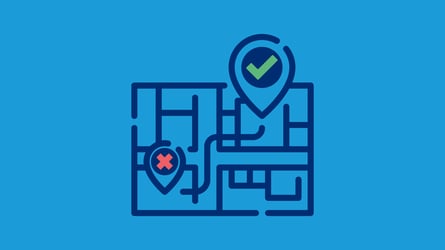Customers and clients are the lifeblood of every business. Without them, there would be no company and no product so looking after them should always be top priority. Social networks have brought customers closer to businesses than ever before but this hasn’t made looking after their needs any easier and in fact it’s probably made it more difficult.
The trouble is, although most companies know they need to listen to their customers online, being able to listen to hundreds if not thousands of customers voices simultaneously is very difficult, if not impossible, without help.
By using effective social listening this task gets a lot easier. Not only can you monitor customer comments on social media in real-time but you can also sort and analyse these customer voices by where they are coming from, the topic of conversation, positivity/negativity and frequency (amongst other things!) helping companies to identify and prioritise where to use their resources.
In our latest guide to social listening in the utilities industry, we used Talkwalker’s social data intelligence to analyse the social customer service channels of the UK’s big 6 energy providers. Here is a quick look at 3 steps to improving customer service using social listening:
1. Measure customer service performance against competitors
It can be difficult to determine how your customer service is performing especially in industries where complaints are fairly commonplace. But one possible yardstick is to see how you are doing in comparison to your competitors. By doing a sentiment analysis on your Twitter feed and those of your competitors for example, you can quickly compare levels of positive and negative sentiment towards your customer service.
2. Identify frequent customer problems that require attention
Getting an overall idea of levels of positive and negative sentiment is useful to quickly see how your customer service channels are performing, but to really solve problems you need more specific insights. One way to identify the exact causes of discontent is to use a theme cloud which shows you which topics and problems are appearing most frequently.
3. Notify relevant departments in real-time
For most major organisations, multiple departments often have to work in concert to handle certain tasks. This means passing information between teams who have varying priorities and inevitably this can lead to delays. By creating automatic alerts, each relevant department can receive an alert about a particular event - such as a customer complaining about their online account - and be notified in real-time, cutting out delays and making sure each team has the information they need.
Managing customer complaints is never going to be an easy task particularly when you have limited space to reply and your interactions are often quite public. But by analysing the social data at your disposal and reporting any incidents quickly and efficiently, the burden can be eased significantly. To get a comprehensive look at all the different ways that social listening can be used for companies in the energy and utilities industry, download our full report here.


